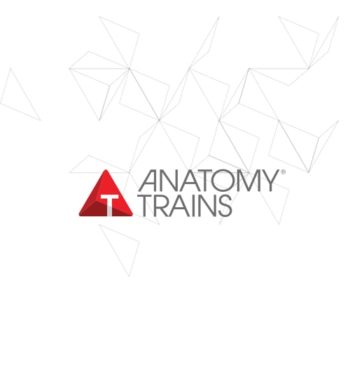Please note: course dates are March 21, April 4, April 18, May 2, May 18, 2022
Ready for a transformational shift in the way you practice your craft?
In the Manual Neurovascular Release course series, you will learn how to work strategically with the vascular system to release hypertonic muscles that are shortening the myofascial tracks, distorting posture, and limiting movement. You will also learn to free up peripheral nerves, cranial nerves, and dural restrictions to improve structural balance and function.
While learning these techniques, you will improve your sense of layer palpation, you’ll gain new strategic approaches for classic problems, your work will become more subtle and more efficient, and you will find yourself using less physical effort.
In this course, Manual NVR Part 1, we will focus on the neck, head, and upper thorax, including the shoulder girdle and the lungs. We will discuss using these techniques to address persistent issues such as forward head posture, thoracic outlet related nerve symptoms, shoulder injuries, and the discomfort and thoracic movement limitations related to scoliosis.
We will also explore working with vagus nerve tension to lungs, heart, and stomach, phrenic nerve tension, and artery tension to diaphragm.
The manual techniques you will learn in this course series are subtle and precise. Yet they are presented in a context that helps you with body-wide goals for improving structural balance and movement quality. As we work toward these goals, you will also learn how to cultivate your clients’ proprioception and interoception, nervous system regulation, and an appreciation and understanding of how smart and adaptive their body is.
In this context, we will discuss how to sensitively and safely work with trauma response and somatic experience. We will also discuss general cautions and contraindications to consider when you are reviewing medical history, signs, and known diagnoses and when you are planning your way through a session.
Distance Learning Format
For the distance learning version of the Manual NVR course series there are five 4-hour live online classes instead of three 7-hour in-person classes (20 CE hours instead of 21 CE hours).
Classes will be recorded for you to have access to later for review, but please note that you must attend class live in order to receive CE credit. Live attendance is also required if you are on the pathway to certification.
This course (for Distance Learning Cohort 1) is scheduled from 9:00 am – 1:00 pm Pacific Time, but if you live in a part of the world where that class time is in the middle of the night, please check the Anatomy Trains course listings for another course with the same title starting March 21.
That alternative course (for Distance Learning Cohort 2) is scheduled with East Asia, Australia, and New Zealand in mind. It will run from 4:00 pm – 8:00 pm Pacific Time on Mondays, which is Tuesday morning in East Asia.
The $1000 tuition includes small group and private mentoring in addition to the 20 class hours:
-
-
-
- A one-to-one video call with Kier in preparation for the course.
- Private fifteen-minute student consultations via Zoom (short mentoring sessions, each focused on one client case, as many as you need, scheduled when you need answers to your questions throughout the year after your course has completed).
- Online access to videos documenting all the techniques taught in your live course.
- Student discount on longer 45-minute mentoring sessions via Zoom ($80 instead of $150).
- A three-month subscription to the NVR Monthly Seminar Series (a total of six hours of live sessions and recordings).
-
-
Every month there will be one seminar session scheduled at 9 am Pacific time and another approximately two weeks later at 4 pm Pacific time.
(After the initial three free months, the regular subscription price is $150 per three-month package.)
Overview of the NVR Certification Pathway
In Manual NVR Part 2, the second course in the certification series, we will continue working with the torso and work all the way around the pelvis.
In Manual NVR Parts 3 and 4, we will work into the extremities, discussing lower body patterns and upper body patterns, and you will continue learning to address neurovascular restrictions affecting the lungs and other organs.
NVR Part 5 is a practicum focused on assessment and practical application, in which you will be applying all that you have learned in Parts 1-4 while doing full sessions with outside models.
Practitioners earn Anatomy Trains Advanced Certification in Manual Neurovascular Release by taking all five Parts in the Manual NVR course series. You are free to alternate between distance-learning and in-person courses as you plan your course schedule.
These courses will serve you best if you have a minimum of three years of experience as a massage therapist or a degree in physiotherapy, osteopathy, chiropractic, or Chinese medicine. If you have already begun studying cranial, visceral, and/or neural work, this NVR approach will help you to “fill in the gap” on the spectrum of touch between subtle, light-pressure work and the broad, deep touch of classic myofascial work.


